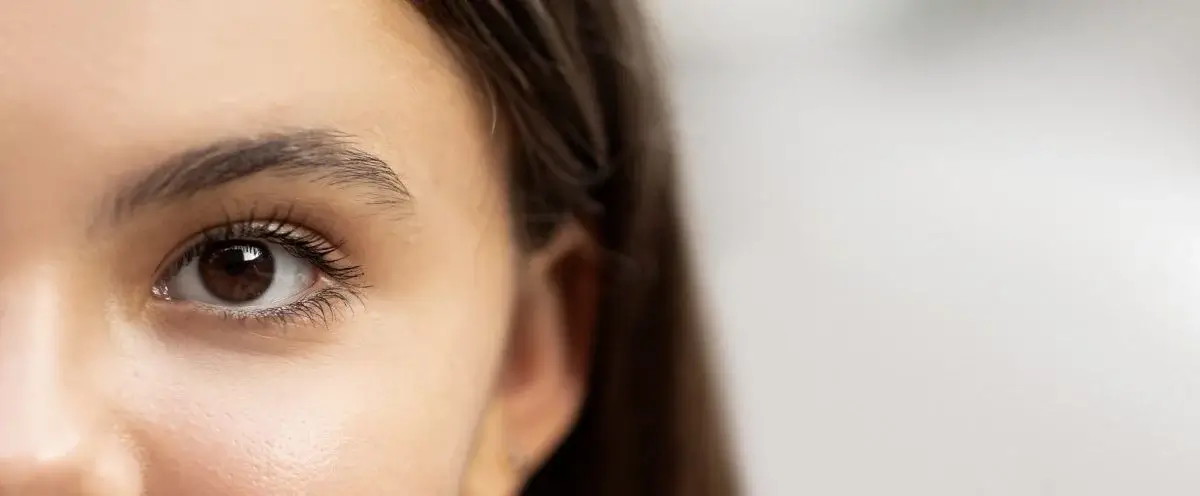Dermatochalasis: Understanding the Droopy Eyelid Condition
Introduction
Dermatochalasis may sound like a mouthful, but for those affected by it, it’s more than just a tongue-twister; it’s a condition that can significantly impact one’s quality of life. Often misunderstood or overlooked, dermatocalasis refers to the excess skin on the upper eyelids, leading to a droopy appearance. While it may seem like a mere cosmetic concern, dermatocalasis can have functional implications, affecting vision and causing discomfort. In this comprehensive guide, we delve into the intricacies of dermatocalasis, exploring its causes, symptoms, diagnosis, and treatment options.
Causes of Dermatochalasis
The primary cause of dermatatochalasis is the natural aging process, which leads to a gradual loss of skin elasticity and tone. As the skin around the eyes becomes lax, it can accumulate and fold over the eyelid margin, creating a hooded or droopy appearance. Additionally, factors such as genetics, sun exposure, smoking, and certain medical conditions (e.g., thyroid eye disease) can contribute to the development of dermatatochalasis.
Symptoms of Dermatochalasis
The most noticeable symptom of dermatatochalasis is the presence of excess, sagging skin on the upper eyelids. This can result in a tired or aged appearance and may also lead to functional issues such as:
- Obstruction of peripheral vision, particularly in the upper visual field
- Difficulty keeping the eyes open, especially when tired
- Eye strain or fatigue, particularly during activities that require sustained visual attention
- Irritation or discomfort due to the rubbing of excess skin against the eye surface
Diagnosis of Dermatochalasis
Dermatochalasis is typically diagnosed through a comprehensive eye examination performed by an ophthalmologist. During the examination, the doctor will assess the extent of eyelid drooping, evaluate visual acuity, and rule out other potential causes of similar symptoms, such as ptosis (drooping of the eyelid margin) or other eyelid disorders.
Treatment Options for Dermatochalasis
The management of dermatatochalasis often involves a combination of approaches, depending on the severity of the condition and the individual’s goals. Treatment options may include:
- Blepharoplasty: Eyelid surgery, known as blepharoplasty, is the most common treatment for dermatatochalasis. During this procedure, excess skin and fat are removed from the eyelids, resulting in a more rejuvenated and youthful appearance. Blepharoplasty can also improve vision by removing the obstruction caused by the drooping eyelids.
- Non-Surgical Interventions: In some cases, non-surgical interventions may be recommended, particularly for individuals with mild dermatatochalasis or those who are not suitable candidates for surgery. Non-surgical options may include botulinum toxin injections (e.g., Botox) to temporarily lift the eyelids or laser skin resurfacing to improve skin tone and texture.
- Management of Underlying Conditions: If dermatatochalasis is secondary to an underlying medical condition, such as thyroid eye disease, managing the primary condition is essential to prevent worsening of symptoms. This may involve medical or surgical treatment directed at the underlying cause.
Living with Dermatochalasis
Living with dermatatochalasis can be challenging, as it can impact various aspects of daily life. However, with appropriate treatment and management, individuals can experience significant improvement in both the aesthetic appearance of their eyelids and their overall quality of life. Seeking guidance from a qualified healthcare professional is essential to determine the most suitable treatment approach based on individual needs and goals.
Conclusion
Dermatochalasis is a common condition that can have both cosmetic and functional implications. By understanding its causes, symptoms, diagnosis, and treatment options, individuals can make informed decisions about their eye health. Whether opting for surgical or non-surgical interventions, consulting with a healthcare provider specializing in ophthalmic care is crucial for personalized management and optimal outcomes. Remember, early intervention can lead to better results, so don’t hesitate to seek help if you suspect you may have dermatatochalasis.
World Eye Care Foundation’s eyecare.live brings you the latest information from various industry sources and experts in eye health and vision care. Please consult with your eye care provider for more general information and specific eye conditions. We do not provide any medical advice, suggestions or recommendations in any health conditions.
Commonly Asked Questions
In some cases, insurance may cover blepharoplasty if the condition significantly impairs vision and meets specific criteria.
While dermatatochalasis is more common with aging, it can also occur in younger individuals due to genetic factors or underlying medical conditions.
Protecting the skin from sun damage and avoiding smoking may help prevent or minimize the development of dermatatochalasis.
Blepharoplasty is eyelid surgery aimed at removing excess skin and fat to improve both aesthetics and vision.
Non-surgical options such as botulinum toxin injections or laser skin resurfacing may offer temporary improvement in mild cases.
Dermatochalasis can be both a cosmetic concern and a functional issue affecting vision and daily activities.
Symptoms include sagging or drooping eyelids, difficulty keeping the eyes open, eye strain, and a tired appearance.
Dermatochalasis is typically diagnosed through a comprehensive eye examination by an ophthalmologist.
Risk factors include aging, genetics, sun exposure, smoking, and certain medical conditions.
Yes, excess skin on the upper eyelids can obstruct vision, particularly in the upper visual field.
news via inbox
Subscribe here to get latest updates !







